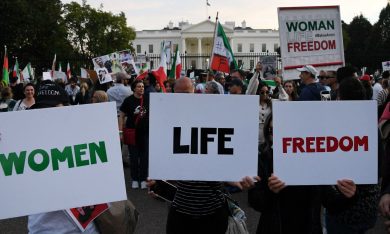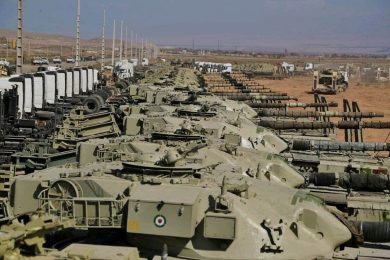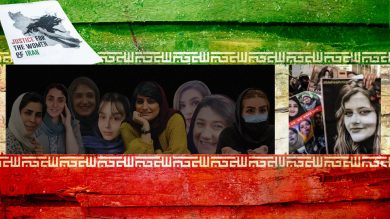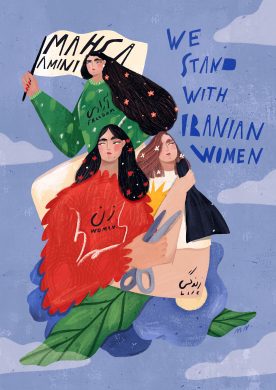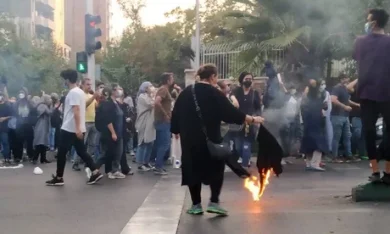In the face of oppression, censorship, and authoritarianism, art has emerged as a powerful tool of resistance in Iran. Iranian artists, musicians, filmmakers, and writers are using their creativity to challenge the regime, amplify the voices of the oppressed, and inspire hope for a freer and more just society. Despite the risks of censorship, imprisonment, and even exile, these creative individuals continue to resist, turning their art into a weapon against repression and a beacon of hope for change.
This article explores how creativity fuels Iran’s fight for freedom, the role of art in social movements, and the courage of artists who defy the odds to inspire resistance.
The Role of Art in Iran’s Resistance Movement
1. A Historical Tradition of Artistic Defiance
• Iran has a rich history of art and literature being used as tools of resistance. From the poetry of Forugh Farrokhzad to the films of Abbas Kiarostami, Iranian artists have long challenged societal norms and political authority.
• The 1979 Islamic Revolution and its aftermath saw a surge in politically charged art, much of which was created underground to avoid state censorship.
2. The Power of Art to Transcend Borders
• Iranian art has gained global recognition, serving as a bridge between domestic struggles and international solidarity.
• The universal language of art allows Iranian resistance to resonate worldwide, drawing attention to the plight of the Iranian people and garnering support from global audiences.
3. Art as a Tool for Unity
• Art unites Iranians across generations, ethnicities, and ideologies, fostering a shared identity and collective purpose in the fight for freedom.
Forms of Artistic Resistance in Iran
1. Music as a Voice of Protest
• Protest Songs: Music has been a key element in Iran’s resistance movements, with songs like Shervin Hajipour’s “Baraye” becoming anthems of defiance. Baraye, inspired by the grievances of ordinary Iranians, won international acclaim and united millions in their calls for change.
• Underground Music Scene: Rock, rap, and electronic music thrive underground, with artists defying strict regulations to produce songs that critique the regime and highlight social injustices.
2. Visual Arts and Graffiti
• Street Art as a Canvas for Dissent: Walls in Iranian cities have become spaces for protest, with graffiti and murals depicting slogans, symbols, and images of resistance. Despite the risk of arrest, artists continue to reclaim public spaces.
• Political Cartoons and Illustrations: Iranian illustrators and graphic designers use their work to critique the regime, often distributing their creations online to bypass censorship.
3. Cinema as a Mirror of Society
• Allegorical Storytelling: Iranian filmmakers have mastered the art of allegory, using subtle narratives to critique societal and political issues without directly violating censorship laws. Directors like Jafar Panahi, who has been arrested for his work, continue to produce films that highlight human rights abuses and systemic corruption.
• Global Recognition: Iranian cinema has gained international acclaim, drawing attention to the plight of the Iranian people while bypassing domestic censorship.
4. Literature and Poetry
• Revolutionary Poetry: Iranian poets have long used their words to challenge authority and inspire hope. Contemporary poets continue this tradition, writing about oppression, identity, and resistance.
• Banned Books and Underground Literature: Writers who defy censorship often see their works banned, but many continue to circulate their ideas through underground networks or online platforms.
Challenges Faced by Iranian Artists
1. Censorship and Repression
• The Iranian government tightly controls artistic expression, banning works that are deemed “anti-Islamic” or critical of the regime.
• Artists risk imprisonment, harassment, and exile for producing politically charged work.
2. Economic Hardships
• Sanctions, economic mismanagement, and limited funding for the arts make it difficult for many artists to sustain their work.
• Independent artists often struggle to secure resources, relying on international support or personal sacrifices to continue creating.
3. Social Stigma
• In a conservative society, artists who challenge traditional norms, particularly women and LGBTQ+ creators, face additional barriers and discrimination.
The Global Role in Supporting Iranian Art and Resistance
1. Amplifying Iranian Voices
• International platforms, festivals, and media outlets can help showcase the work of Iranian artists, ensuring their messages reach global audiences.
• Social media campaigns and hashtags, such as #WomenLifeFreedom, amplify the voices of Iranian creatives and activists.
2. Providing Resources and Safe Spaces
• NGOs and cultural organizations can provide grants, residencies, and legal support to Iranian artists, particularly those forced into exile.
• Online platforms can offer safe spaces for artists to share their work without fear of censorship or persecution.
3. Promoting Cultural Diplomacy
• Governments and cultural institutions can use art as a form of diplomacy, fostering dialogue and understanding between Iranians and the global community.
Stories of Courage: Iranian Artists Defying Oppression
1. Shervin Hajipour and the Anthem of a Movement
• Hajipour’s “Baraye” became a global symbol of Iran’s resistance, winning international recognition despite leading to his arrest.
• His music exemplifies how art can galvanize movements and inspire solidarity.
2. Jafar Panahi: A Filmmaker’s Defiance
• Despite being banned from filmmaking, Panahi continues to create powerful films that highlight human rights abuses in Iran. His work has won international acclaim, amplifying the voices of those silenced at home.
3. Underground Artists: Creating Against All Odds
• Iranian street artists, musicians, and writers working underground face immense risks but continue to produce work that critiques the regime and inspires resistance.
The Impact of Art on Iran’s Fight for Freedom
1. Inspiring Hope and Unity
• Art provides a sense of hope and resilience, reminding Iranians that their struggle is not in vain.
• It creates a shared narrative of resistance, uniting diverse groups in their fight for change.
2. Amplifying Global Solidarity
• Iranian art has resonated worldwide, inspiring protests, campaigns, and movements in solidarity with the Iranian people.
3. Challenging the Regime’s Narrative
• Art counters the regime’s propaganda, offering alternative perspectives and exposing the realities of life under authoritarian rule.
Conclusion
In the face of censorship and repression, Iranian artists continue to use their creativity as a powerful tool of resistance. Their work not only challenges the regime but also inspires global solidarity, reminding the world of the universal power of art to ignite change. By supporting these artists and amplifying their voices, the international community can play a vital role in Iran’s fight for freedom and justice. Art as resistance is not just a reflection of the Iranian people’s courage—it is a testament to their enduring hope for a better future.
Join Our Newsletter!
Stay informed with the latest updates, news, and ways to take action in the fight for justice and global security. Sign up now to get updates delivered straight to your inbox!

